
Review: HK Audio Cohedra & Cohedra Compact
Two new line source arrays from HK Audio talk the talk, but do they walk the walk?
I don’t know how many people buy a new PA on the basis of smart technology. I can’t imagine there’d be too many. If you had to list out the priorities involved with the purchase of a new system it’d probably go along the lines of: price, brand loyalty, performance (how it sounds, etc), support, ease of rigging/trucking etc… I’m sure there are few others. My point is: getting bombarded by graphs and patent-pending ‘innovations’ by a bloke in a lab coat rarely wins contracts.
Even ‘slide rule’ companies like L-Acoustics didn’t gain ground by dazzling people with the theory of line source arrays. Its success was down to a gradual groundswell of support by artists and engineers who liked the way it sounded and the coverage/control it offered.
But impressing the theory and design credentials of a new system can’t do any harm. Especially if you’re a German company. It’s a racial stereotype I know, but Germans are sticklers – and they’re proud of the fact. HK Audio is no different. HK would hate for you to buy one of its systems because it was flavour of the month or just because someone else was using it. HK is an R&D-driven company that exhaustively tests the theory and respects other great minds in the industry. Which probably goes some way to explaining why HK was so slow off the mark in the line array race – it’d rather wait and do it right.
HK Audio didn’t want to build yet another line array. They wanted to develop the Holy Grail: the line source array… i.e., a system that adheres to line array theory in a full-frequency manner. And in so doing the Cohedra and the Cohedra Compact breaks a few PA conventions. For starters the sub bass units use 10-inch speakers… yeah, I know, those kooky Germans! And, the purchase of a Cohedra rig comes with a few days at an HK Academy so they don’t have just any ol’ cowboy driving its gear. In fact, HK is very keen on guaranteeing the performance of the Cohedra systems, to the point that every last amp, processor and ancillary ‘scrodget’ is part of the package.
THE TECHNOLOGY
Anyway, back to the technology. The Cohedra and Cohedra Compact both embrace the same technologies but come in two different incarnations. HK are pitching the Cohedra Compact as being ideal for anything up to 1000-capacity rooms, while Cohedra is good for anything above that. Some clever technology underpins four key Cohedra claims, which are: a more natural-sounding response; greater range; less sensitivity to wind; and easier handling. I’ll try and breeze through what’s behind these boasts without sending too many of us to sleep.
Natural-Sounding Response: Firstly we revisit those 10-inch woofers. HK has gone back to what most bass guitar players already know with their quad boxes: 10-inch speakers arguably offer the best compromise between transient impact and sheer low-end wallop. Next, is the Digital Field Controller (the DFC) that ships with the Cohedras. The DFC features FIR filtering which evens out frequency and phase response, thus achieving a ‘more coherent throw’ – as a listener you get all the frequencies of the performance arriving at the same time. This sort of processing isn’t anything new but DSPs are now speedy enough to make a difference without injecting too much latency. Lastly, HK is rather proud of its Overshoot Limiter, which allows momentary spikes (like a snare hit) to take advantage of the full headroom of its amps without limiting. The RMS power remains the same but the more instantaneous (yet natural) spikes you let through, the more natural the sound.
Greater Range: Line array theory dictates that the longer your signal stays phase coherent the longer it takes to revert back to a ‘spherical’ wavefront from the more efficient ‘cylindrical’ wavefront – what’s described as the ‘nearfield’. Phase coherency is a problem in the upper frequencies because, in theory, you need to squeeze the HF drivers impossibly close together for them to act as a true line array. L-Acoustics cheated physics by designing a unique axehead-shaped waveguide to allow those frequencies to come out as a ‘flat’ wavefront. HK has done something similar. But rather than spit out the high frequencies as a flat wavefront, it’s actually shaping the wavefront to be concave. This method is said to extend the length of the nearfield – the high frequencies theoretically inoculated against atmospheric drag that wants to turn the wavefront spherical. Yes, it’s tekky – get onto HK if you want to take this further.
Less Sensitive to Wind: Large-scale line arrays are in their element in big festival-style situations where their throw and pattern control are invaluable. But most are pretty susceptible to wind gusts, which blow around the highs and create that annoying phasey effect. (Actually the wind is obviously blowing all the frequencies around but it’s most audible in the high end.) Most line arrays keep a firm rein on the highs with tight horn patterns or waveguides. In addition, HK figures having your mid-range direct radiators blasting through the output of your HF horn will do nothing for the coherency of the highs. HK has loaded its eight-inch mid-range drivers into a slotted compression chamber, which goes a long way to stopping the mids and highs stepping on each other’s toes. Thus, a more stable and wind-resistant signal is said to result.
Easier Handling: Both of the Cohedra systems are remarkably petite. The Compact really is a pocket battleship (under 18kg per unit). HK has designed some neat dollies and rigging that allows you to throw these babies up in a hurry. It’s also taken the ‘back of the van’ concerns seriously with CAD diagrams demonstrating how typical rigs can be stacked into your average Transit (or similar).
IN ACTION
HK Audio’s Australian importer, CMI, debuted the Cohedras before Christmas by inviting 50-odd pros along to its premises to hear the rigs and to hear the theory from an HK representative. It was an impressive performance all round: the ham and cheese croissants were tasty and the beer a welcome accompaniment to the demo in the CMI car park. Farnham’s band struck up, and later we heard some pre-recorded material to best show off the Cohedras’ qualities. A few things were obvious: both systems are refined – they sound classy. There’s none of that ‘tear your head off’ high/mid action that we explain away as being ‘rock’n’roll’; none of that unresolved low-end washiness that we hardly question anymore… In fact, the double 10-inch CDR 210C subs of the Cohedra Compact are bit of an all-round eye-opener. There will doubtlessly be some resistance to the fact they’re not a 15 or an 18, but the proof’s in the listening – there’s more than enough impact for virtually every application, and if absolutely necessary, the system could be supplemented by some larger transducers.
Like I said in my intro. It’s one thing to ‘give good PowerPoint display’, but the theory is about as valuable as a used roll of gaffa tape if it doesn’t translate into real-life performance – and, from what I heard, HK’s new rigs have a lot going for them. Cohedra and Cohedra Compact are relatively fresh off the drawing board. But there are more than enough systems doing the rounds in Europe to get a feel of how they’re being embraced. What’s obvious is the fact that the two incarnations of Cohedra are very versatile. Whether it’s a large-scale festival or a smaller corporate gig; whether you’re flying or ground stacking; Cohedra will be sticking its hand up to get out of the warehouse and into action. Unless you’re likely to service the requirements of larger arenas or festivals then the Cohedra Compact looks like the more flexible, money-making rig of the two. Arguably, Australia’s got as many large-scale line array systems as it needs, but there’s still plenty of call for smaller, more versatile systems, and there’s little doubt that HK Audio’s offerings are an excellent alternative.


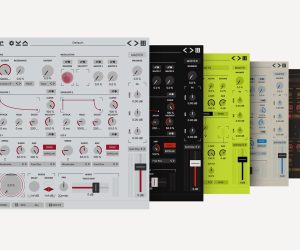
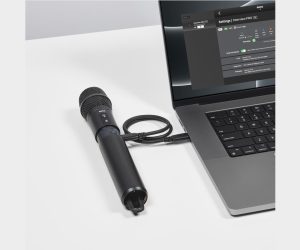

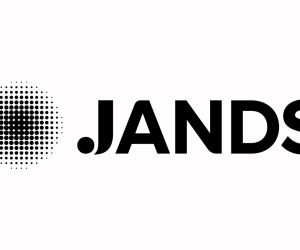
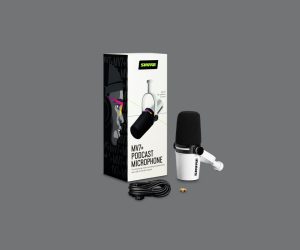
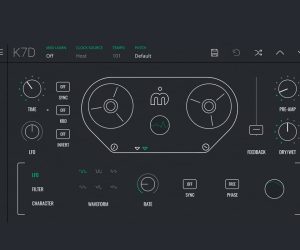
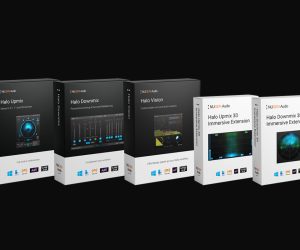


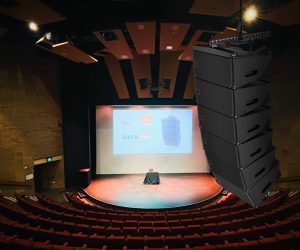




RESPONSES